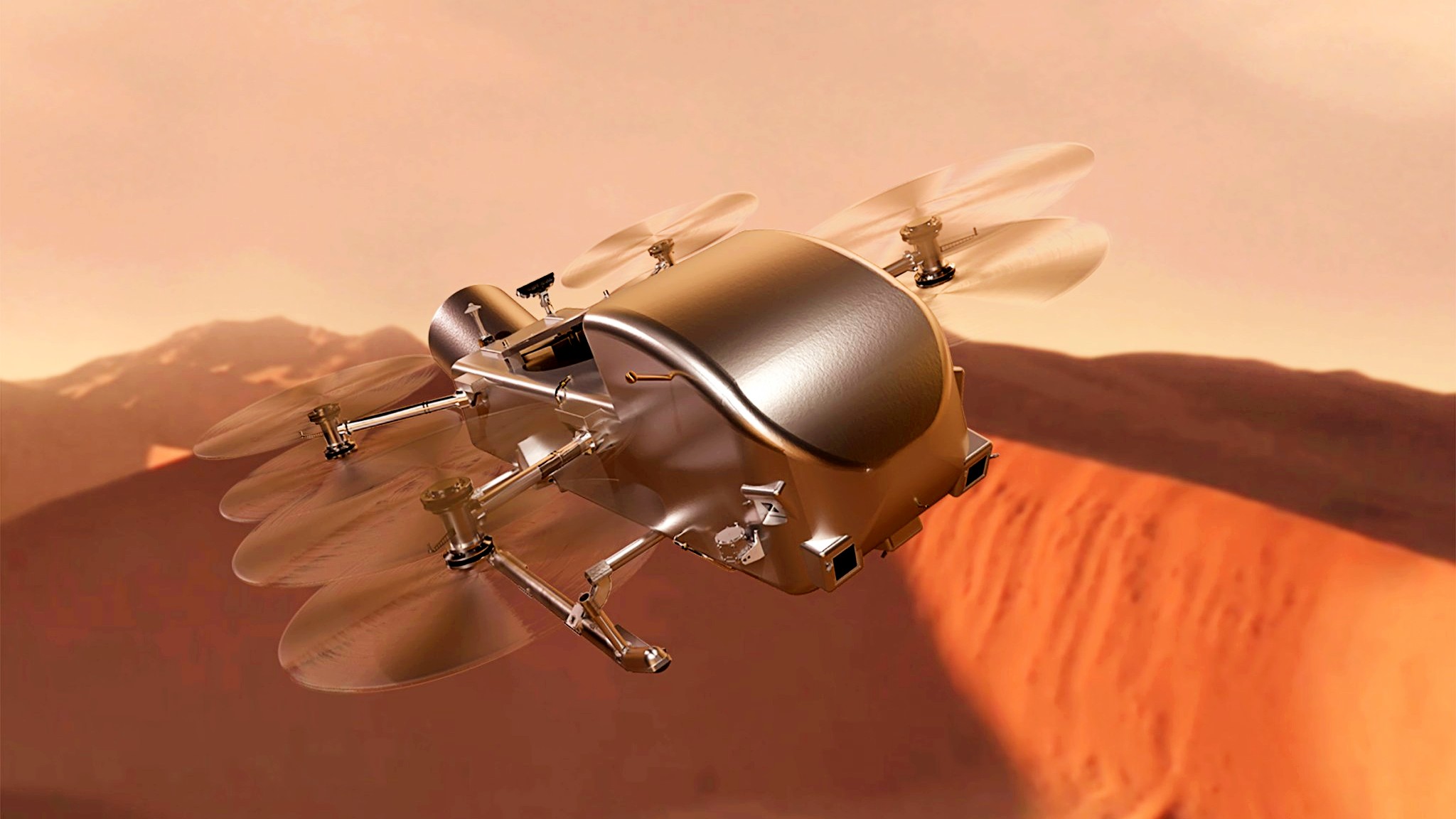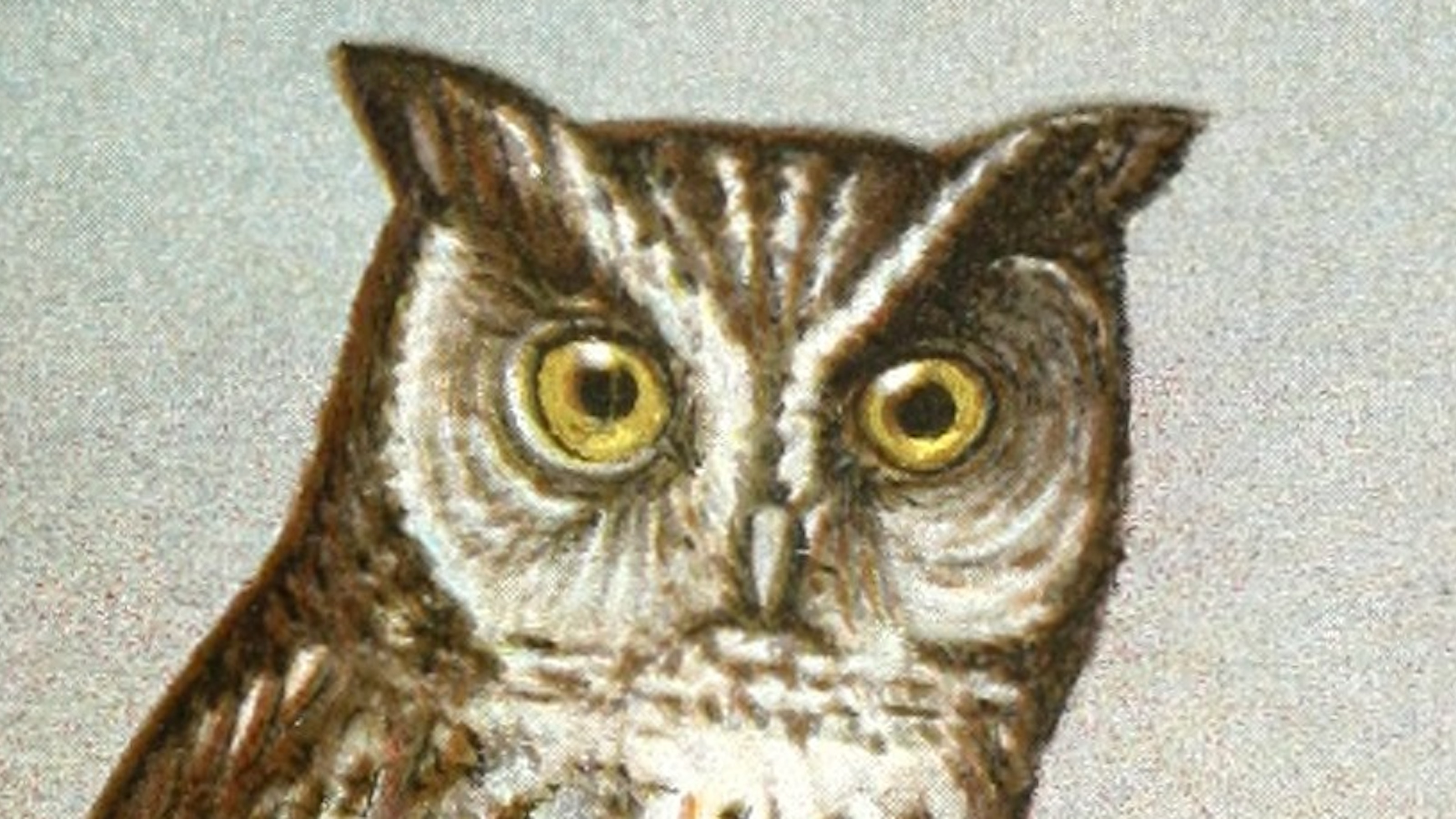Should America Increase, Not Decrease, its Arts Budget?

“We can’t afford it!” Insert the frothing face of the Republican congressperson of your choice above that phrase and you have a pretty comprehensive picture of the current debate in the U.S. House of Representatives over budgeting for U.S. cultural institutions. The House Appropriations Committee’s proposed fiscal 2014 budget outlines 19% overall cuts for the Interior, Environment and Related Agencies, which includes everything from national parks to museums such as the National Gallery of Art and the Smithsonian Institution (whose “castle” is shown above) as well as organizations such as the National Endowment for the Arts and the National Endowment for the Humanities. Before we storm the cultural castle and tear down the arts, however, it might be worthwhile to consider what’s going on across the pond in England, where an argument was successfully made before austerity-minded government monetary gatekeepers that we can’t afford NOT to support the arts—not just from an aesthetic perspective, but also from a dollars and cents economic perspective. The question then becomes, should America increase, not decrease, its arts budget?
Although the budget still faces tough passage in the senate, the proposed cuts to cultural organizations announce a definite policy shift. The Smithsonian would receive $155 million USD less and the National Gallery of Art would receive $24.5 million USD less as part of the standard 19% reduction rate. The NEA and NEH, however, decades-long targets of American conservatives, would both face 49% reductions in federal funding. Although Mitt Romney lost the last presidential election, his hope to end Big Bird lives on. This budget might not kill PBS and similar programs, but it will at the very least cut them in half.
When British Secretary of State for Culture, Media and SportMaria Miller made her stand for the public funding for the arts in the UK last April, she spoke on cultural “turf” (the British Museum), but she spoke in the language of economists and deficit-conscious politicians. In a keynote address titled “Testing Times: Fighting Culture’s Corner in an Age of Austerity,” Miller deftly walked a rhetorical tightrope in claiming that, although not “every sinew of effort and artistic endeavour needs to be strained to bring in turnover and profit, [since] that is neither appealing nor sensible to approach it in that way,… a proper grasp of the potential economic impact of culture would serve us all well.” With a slew of statistics in her favor, Miller showed that the arts in Britain contribute significantly to the tourist business, with that economic impact rippling out into the economy in terms of jobs both in the arts directly and in peripheral industries (hotels, restaurants, etc.). Miller argues “that culture should be seen as the standard bearer for our efforts to engage in cultural diplomacy, to develop soft power, and to compete, as a nation, in both trade and investment.” Although she never says the word “brand,” Miller’s essentially calling for Britain to embrace its cultural heritage as a valuable asset and, more importantly, embrace it through government investment.
Most Americans would do a double take upon hearing that Miller’s a member of the British Conservative Party, but “conservative” means very different things on different sides of the Atlantic. Miller not only supports the arts, but also supports same-sex marriage, which would make her a liberal in the United States. Where conservatives on either side of the ocean would agree, however, is that the business of their country is business. By presenting public funding of the arts as a well-placed investment instead of an unnecessary subsidy, Miller got the attention of the British budget makers (and American conservatives, I hope). After Miller’s pitch, British cultural institutions felt only a 5% pinch—still a significant decrease (£21 million), but nothing like the 30% slashing administered as recently as 2010.
But Britain’s different, some might say. Not so fast—according to a 2012 Brookings Institute symposium, the arts could play the same role in the United States as well, if given the chance both financially and philosophically. Miller’s evocation of the “soft power” the arts can provide harks back to the days when the United States saw the arts as a “branding” tool in the Cold War struggle with the USSR for hearts and minds worldwide. American art, especially the free-wheeling Abstract Expressionists, stood as a living testament to American freedom in action. Why not enlist the arts again in today’s War on Terror and win hearts and minds with art rather than arms? With possible gains in the economy and national security as returns from an investment in the arts, what more can an American conservative ask for?
As Miller acknowledges, the idea of museums and art organizations as profit centers must always be balanced with aesthetic concerns. When museums focus entirely on the bottom line, they can lose sight of their equally important mission to act as custodians of civilization, including the art that doesn’t bring in the bucks but still preserves something of significance for humanity. Detroit’s current economic woes have turned its own museum into a possible source of revenue in the worst possible way as a fire sale for short-term relief, but a long-term economic view would recognize our museums in America as assets worth investing both our money and our belief in.
[If you would like to exercise your democratic rights as an American citizen and insert yourself into this debate, you can send a letter to your congressperson or senator using the Americans for the Arts’ sample letter as a good start.]





